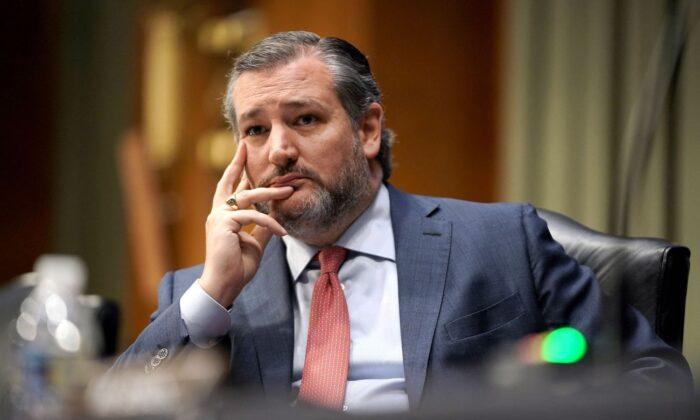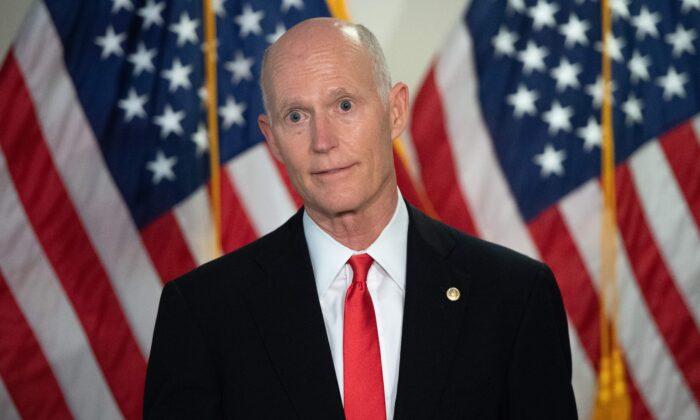Sen. Bernie Sanders (I-Vt.) revealed on Sept. 24 his plan for generating revenue to fund costly social spending proposals such as his Medicare for All plan—taxing the ultra-rich in the country.
Sanders, who is running for the 2020 Democratic nomination, has repeatedly
faced skepticism for his Medicare for All plan, which is expected to significantly raise government spending and give the government a monopoly in the healthcare insurance industry. Some analysts estimate that that plan would cost $32.6 trillion over 10 years. Despite the costs, the Vermont senator’s universal health care plan is embraced by many progressive lawmakers and presidential candidates in the Democratic party, indicating the party’s push toward the far-left.
Similarly, Sanders’s other plans such as his newly unveiled Housing for All also has a hefty price tag. That plan, which he says would provide every American with housing, is expected to increase government
spending by about $2.5 trillion.
Sanders, who has centered his campaign on income inequality, says his new “
Tax on Extreme Wealth,” which will establish an annual tax on the top 0.1 percent of U.S. households, would pay for those proposed measures and more.
The tax plan would apply to individuals or households with a net worth of over $32 million and would raise $4.35 trillion over 10 years, according to Sanders. It will tax individuals or households based on a sliding scale that is broken up into eight brackets. The net worth of a household or individual is the value of their assets minus their liabilities.
Under the proposed plan, married couples with a net worth over $32 million will be taxed 1 percent on their wealth above the threshold. This rate will incrementally increase to the top rate of 8 percent on wealth over $10 billion.
The brackets are halved for people living in single-person households. For individual filers, the tax rate will start at 1 percent on wealth above $16 million and incrementally increase to 8 percent on wealth above $5 billion.
He says his plan is expected to reduce the wealth of billionaires by half over 15 years with the purpose to disperse the concentration of wealth and power of “this small privileged class.”
“At a time when millions of Americans are working two or three jobs to feed their families, the three wealthiest people in this country own more wealth than the bottom half of the American people,” Sanders says.
Sanders’s plan follows Warren’s plan to increase the tax rate on
the nation’s top 2 percent earners to fund her progressive social security reforms. Under Warren’s plan, unveiled earlier this month, a 14.8 percent tax on wages would be imposed on individuals who earn more than $250,000 a year. Moreover, the plan also imposes a new 14.8 percent tax on investment income on individuals making more than $250,000 or families making more than $400,000 annually.
According to
the tax foundation, net wealth taxes could “harm risk-taking and entrepreneurship, harming innovation and impacting long-term growth,” citing an organization for economic co-operation and development (OECD) report. The OECD report also found that the wealth tax could spur investment and risk-taking arguing that entrepreneurs are likely to enter into more riskier ventures to maximize their return that was eroded from a wealth tax.
The number of OECD countries that implemented a wealth taxation program grew from nine in 1965 to 14 in 1996 and dropped to four countries in 2017.




